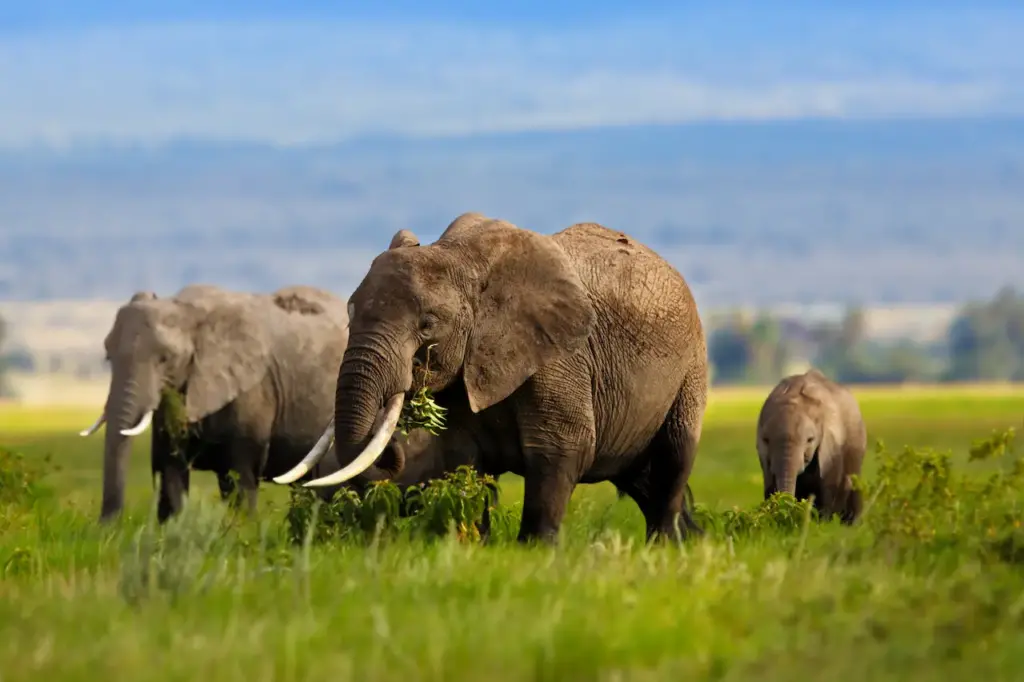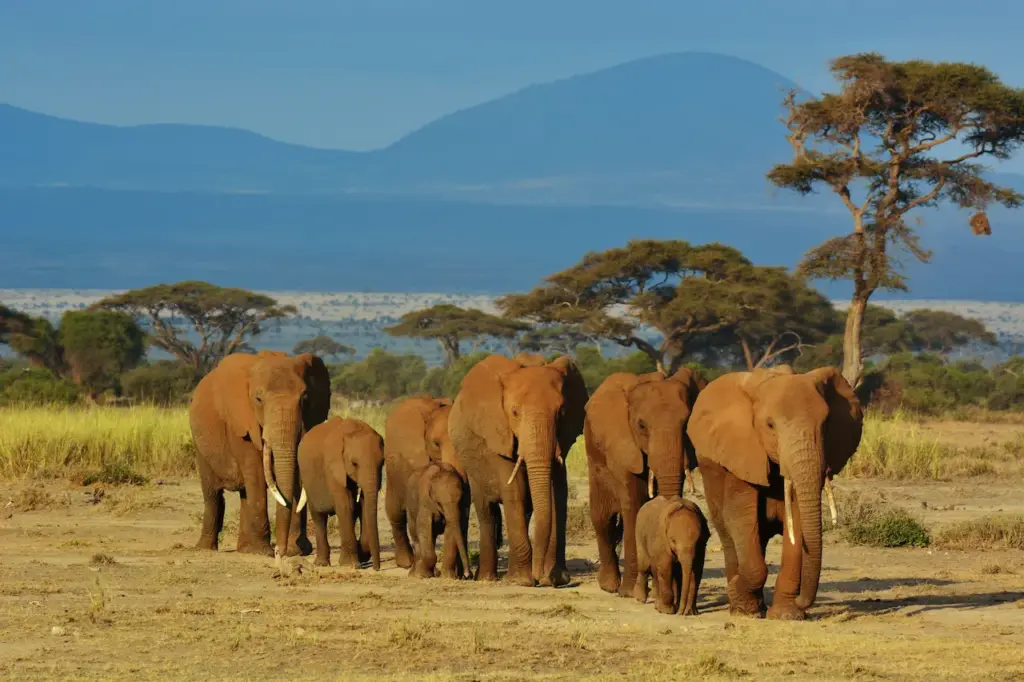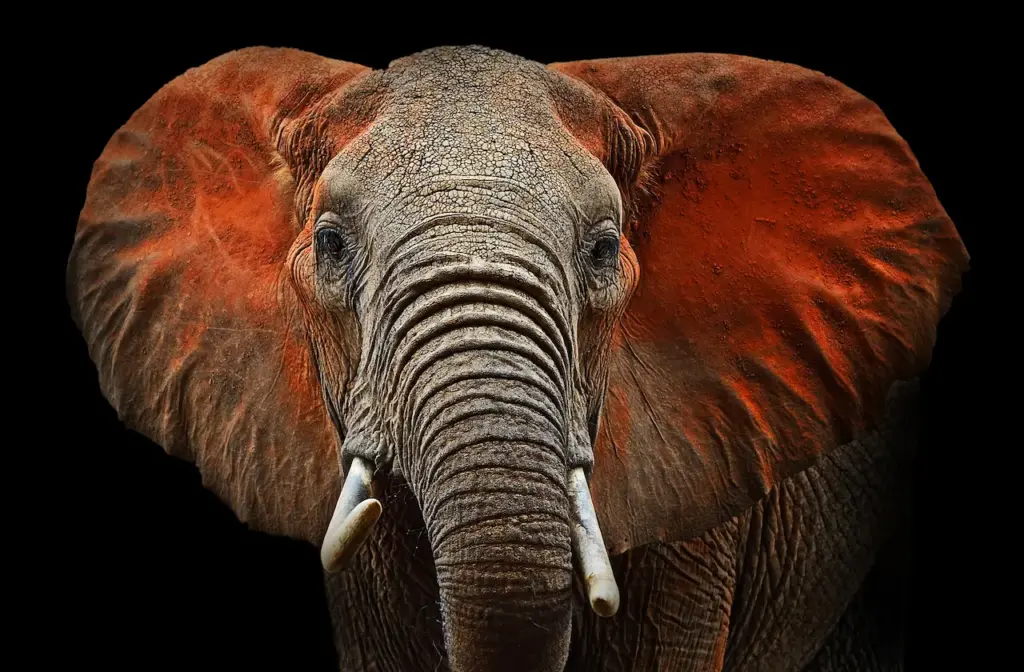What Eats Elephants?
Categories
- Accipitridae (1)
- Acrididae (1)
- Algae (2)
- Alligatoridae (1)
- Amoebidae (1)
- Amphibians (3)
- Anatidae (1)
- Anguillidae (1)
- Arachnids (2)
- Bears (2)
- Big Cats (3)
- Birds (13)
- Bovidae (5)
- Bufonidae (1)
- Camelids (1)
- Cameras (1)
- Canines (13)
- Caridea (1)
- Carnivora (10)
- Castoridae (1)
- Cats (5)
- Cebidae (1)
- Cephalopod (1)
- Cervidae (2)
- Cetacean (1)
- Chondrichthyes (1)
- Crocodilia (2)
- Crustaceans (4)
- Culicidae (1)
- Cyaneidae (1)
- Dasypodidae (1)
- Dasyurids (1)
- Deer (1)
- Delphinidae (1)
- Desktop (1)
- Didelphidae (1)
- Dinosaurs (1)
- Dogs (13)
- Dolphins (2)
- Echinoderms (1)
- Education (10)
- Elephantidae (1)
- Equine (1)
- Erethizontidae (1)
- Erinaceidae (1)
- Farming (1)
- Felidae (5)
- Fish (5)
- Food Chain (31)
- Food Web (2)
- Formicidae (1)
- Frugivore (1)
- Gaming (1)
- Gastropods (1)
- Giraffids (1)
- Great Apes (2)
- Health Conditions (3)
- Herbivore (4)
- Hi-Fi (1)
- Hippopotamidae (1)
- Hominidae (1)
- Insects (10)
- Invertebrates (2)
- Keyboards (1)
- Laptops (1)
- Leporidae (1)
- Mammals (23)
- Marsupials (4)
- Mephitidae (1)
- Microchiroptera (1)
- Mollusks (2)
- Mongoose (1)
- Muridae (1)
- Nocturnal Animals (1)
- Odobenidae (1)
- Omnivore (2)
- Phasianidae (1)
- Phocidae (1)
- Plankton (1)
- Plants (2)
- Primate (1)
- Ranidae (1)
- Reptiles (7)
- Rhinocerotidae (1)
- Rodents (5)
- Salamandridae (1)
- Scarabaeidae (1)
- Sciuridae (2)
- Sharks (1)
- Shellfish (1)
- Sound (1)
- Spheniscidae (1)
- Suidae (1)
- Superfamily Papilionoidea (1)
- Theraphosidae (1)
- What Eats (5)
Elephants are among the most legendary animals roaming the wilds of Africa and Asia. As the largest living land mammals on Earth today, elephants impress with their sheer massive size and presence.
An adult African bush elephant bull can stand over 13 feet tall and weigh a staggering 6 tons. Even a newborn calf enters the world at over 200 pounds.
With thick leathery skin, fierce tusks of ivory, and tightly bonded family groups protecting their young, elephants seem invincible. Yet they also walk a delicate line with several formidable animal predators historically keeping elephant populations in check under nature’s balance.
In this article, we will discover how few mighty hunters can overcome these gigantic 5-ton beasts under the right circumstances.
We will also uncover how, tragically, in modern times, human predation threatens the elephant’s very existence more than any animal attacker of its evolutionary past.
Table of Contents
ToggleLions
Lions rank among Africa’s apex land carnivores. Able to run at 50 mph and armed with sharp claws and teeth, these big cats seem more than capable of challenging even gigantic elephants.
However, a full-grown, healthy adult elephant’s extreme size and defensive tusks pose too much risk for a solo lion to consider attack.
Instead, lions must focus group efforts on isolating and separating wandering elephant calves under 2 years of age from protective mother elephants and herd members.
Attacking in coordinated pride up to 40 lions strong, they can collectively bring down a 1,500-pound baby elephant.
Several lions first attempt biting at the calf’s trunk and hind legs to disable movement and defense. Other pride members then charge forward, knocking the calf over as more lions pile on from all sides, relentlessly biting vulnerable underbelly areas.
They continue relentless attack in waves, with wounded lions rotating out and fresh attackers continuously substituting in until the calf bleeds out while being pinned to the ground.
Kills of elephant calves by lion attack supply a feast that can provision an entire pride for days. Sadly, after poaching by humans, lion predation makes up the second leading cause of mortality for young elephant calves.
Tigers
As a solitary hunter and one of the biggest cats on Earth, Bengal, and Siberian tigers can take down large prey as massive as buffalo and rhinos alone.
Weighing over 500 pounds themselves with legendary strength and agility, tigers can pose a legitimate risk to immature elephant calves under 2 years of age.
Tigers most often live and hunt habitats with denser vegetation, like swamps, marshes, and rainforests, where they can hide and stealthily stalk elephant herds unseen.
Patiently, they watch and wait, seeking that one brief window when a calf strays slightly too far from its protective mother and group.
Exploding from thick cover and tall grass with astonishing speed, the tiger pounces with claws extended onto the calf’s back. Massive jaws clamp onto a back leg or the base of the tail, crushing bone and disabling rear limb function.
With the calf unable to flee effectively, the tiger climbs atop its prey, flipping its belly up and biting violently into the throat to suffocate while simultaneously raking dagger-like claws across the vulnerable trunk, face, and chest.
Hyenas
Renowned scavengers, spotted hyenas surprisingly rank among Africa’s elite hunters, too, with up to 80% of food killed live by clans.
Though each adult hyena may weigh just 140 pounds on average, these effective pack hunters can cooperate in overwhelming nearly any land species up to 5 times their individual sizes.
Nomadic clans up to 80 hyenas strong set territories overlapping with elephant herds, allowing the opportunity to target calves. Though contact is usually avoided with adult elephants based on scent markings, several hyenas may split off and silently track baby elephants wandering astray.
At first, a few hyenas attack the rear legs in small test charges, retreating and repeating hit-and-run strikes.
As more pack members arrive, up to 30 hyenas soon circle the distressed calf, relentlessly attacking its hindquarters in waves. Severe blood loss eventually weakens the calf until it can no longer stand. The entire pack then closes in and disembowels the elephant alive.
Crocodiles
The Nile crocodile ranks as Africa’s largest reptile, dominating river and lake systems up to 20 feet long and over 1,650 pounds.
With lightning-fast reflexes, immense biting force, and a body armored with thick impenetrable hide, mature Nile crocodiles fear no enemy in water aside from humans.
Stealthy as they are vicious, crocs float and wait perfectly camouflaged for the irresistible chance when an elephant calf under 8 years old approaches shorelines for drinking or crossing.
The crocodile launches onto land with terrifying speed, clamping down on legs or trunks and retreating back in an instant. The calf struggles frantically as the crocodile drags it underwater into the death roll, rotating powerfully until it drowns before tearing off the flesh in chunks to feast.
Only the largest crocodiles over 16 feet long attempt such risky ambush attacks by surprise. But success means an immense caloric windfall, up to a literal ton of meat, lasting weeks or months before needing to be fed again.
Humans
No animal predator threatens elephant survival as severely across Africa and Asia as direct and indirect impacts of human aggression.
First, historically and even today, traditional trophy hunting for ivory and bushmeat fuels rampant poaching, directly killing adult elephants and orphaning vulnerable calves.
Indirectly, as human settlements expand through massive deforestation and development, elephants face starvation from eliminating traditional forest grazing habitats and greater conflict with humans trespassing into tenuous protected reserve land.
As elephants then raid valuable agricultural crops for survival, they face human retaliation by legal government culls and vigilante poaching alike. This leaves entire elephant populations devastated.
Both African and Asian elephants now hover dangerously close to extinction from this human threat. Elephants remember, holding generational knowledge of migration paths, water resources, and survival skill sets, slowly learned over lifetimes through elders in herds.
When adult elephants perish and cannot pass on this experience, future generations, and conservation efforts suffer tremendously. There exists no predator, natural or otherwise historically comparable to the existential danger posed by humans today.
Conclusion
Looking at the natural predators that elephants learned to live alongside over many, many years shows us how nature stays in balance. Adult elephants are just so big, strong, and well-protected in their families that most predators know better than to mess with them.
Only rarely would lions, tigers, crocodiles, or big hyena packs risk trying to attack baby elephant calves when they get separated from their mothers.
And even then, mama elephants would put up a huge fight to save their babies. So, elephant and predator numbers could both stay steady over time.
This balance let elephants not just live but thrive all over Africa and Asia since ancient times, even as environments changed. Today’s elephants still carry that old survival wisdom in their genes from ancestors.
But then, in modern times, humans, with our weapons and endless hunger for land, have become elephant predators on a scale never seen before.
We’ve killed them in such high numbers and taken so much of their home that both African and Asian elephants now face extinction.
When we lose elephants forever, we lose keystone creators of nature’s design, libraries of long-family wisdom passed from generation to generation, and thinking feeling beings as smart in their own way as us.



